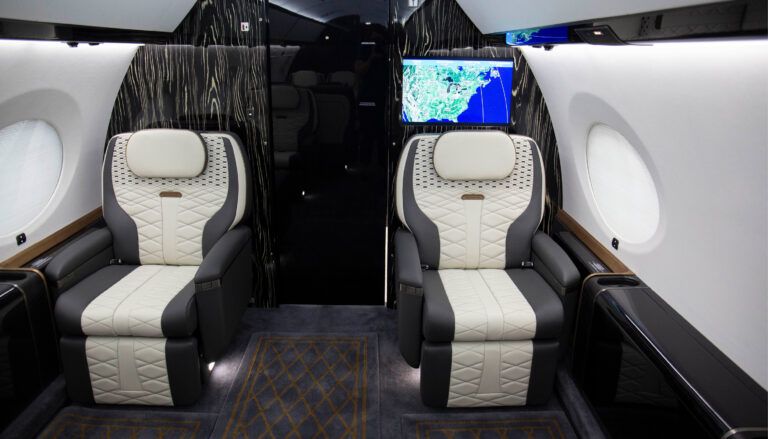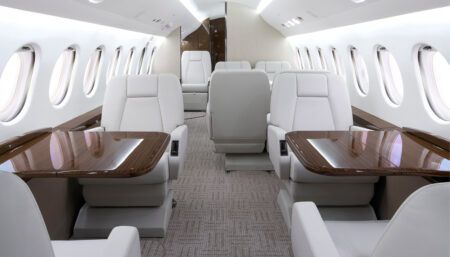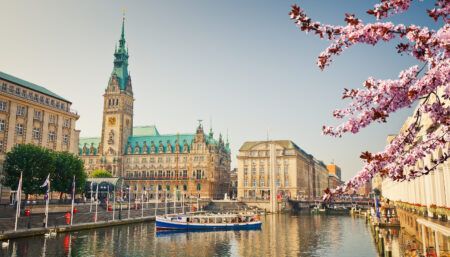With more than 50 aircraft interior schemes already in its fractional fleet, Flexjet is holding a public design competition to come up with the next one, Rob Coppinger reports.
Fractional provider Flexjet has long been interested in leveraging interior design as a differentiator for its fleet – with more than 50 unique designs across its 300 aircraft. Many of these were created by its two in-house designers, but the company has also previously got outside firms like Bentley involved in designing interiors that ended up becoming very popular, according to Kenn Ricci, chairman at Flexjet. “Our customers would always remember they were on the aircraft with the Bentley interior,” he says.
This year, Flexjet partnered with luxury yacht and pleasure vessel specialist Ferretti Group for a Gulfstream G650 interior inspired by Riva motor yachts. That interior will be introduced in 2025.
But the company had a particularly novel plan for its next aircraft: throw the invite open to literally anyone interested in submitting an interior proposal, with a US$100,000 (€94,466) prize for the designer of the winning scheme.
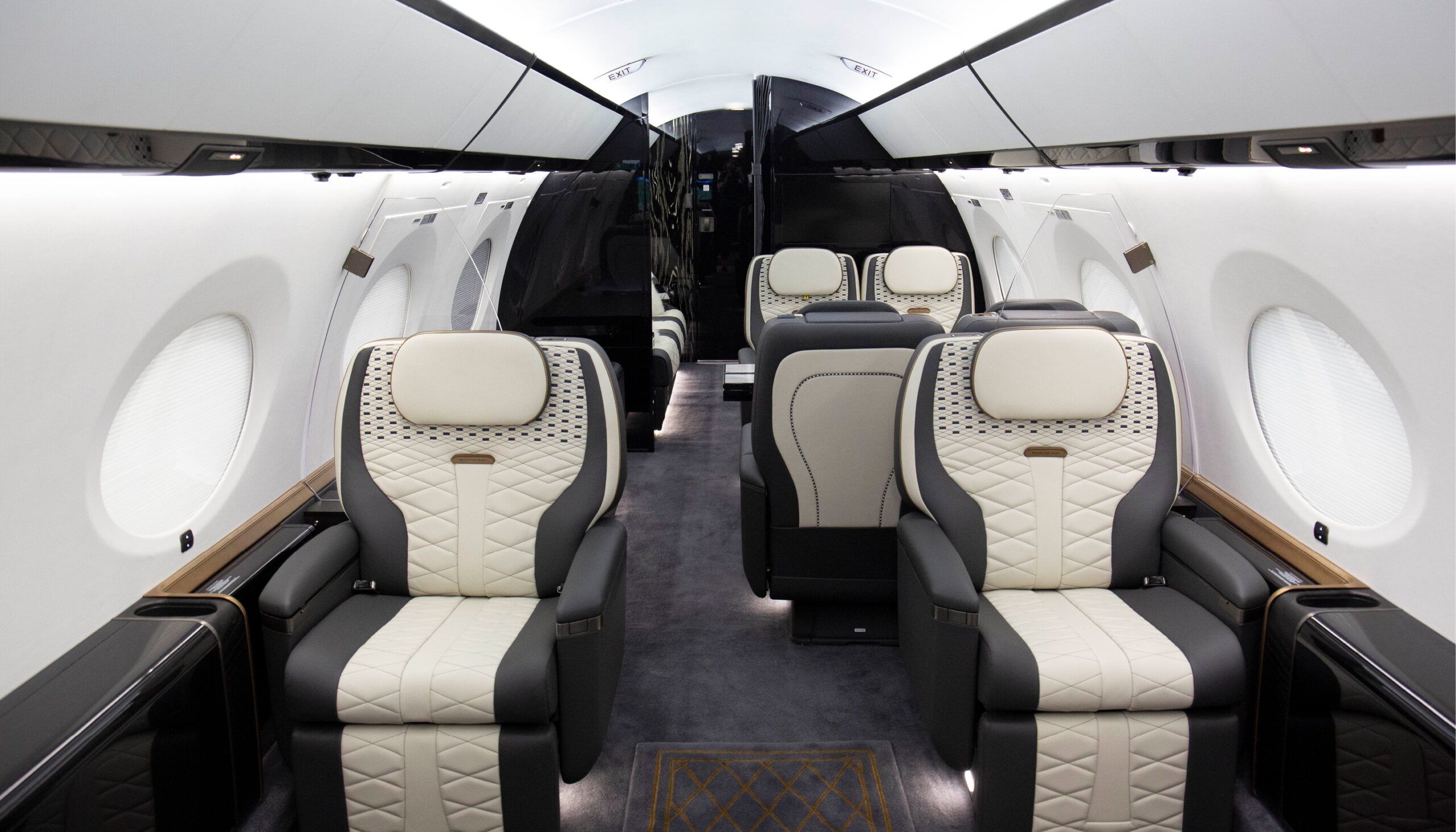
Social media engagement
The Project LXi – Design the Ultimate Private Jet Interior contest was inspired by social media. “Whenever we go on Instagram and feature one of our interiors, we get a tremendous amount of likes and followers on it,” says Ricci. “So why not have a contest? That’s the nexus of how this was born.”
Gen Z social media experts are expected to be a key source of design ideas. “I’m on the board at Embry-Riddle Aeronautical University, and a lot of the students get involved,” says Ricci. “This money means a lot to a student; it means a lot to an up-and-coming aviator; and they’re passionate about it and it’s a fun thing to do. I suspect we’ll get a lot more participants, suggestions and contributions from a student population.”
Ricci also gives the example of an airport lineman who took the opportunity in October 2024, when greeting Ricci, to mention he was submitting a design.
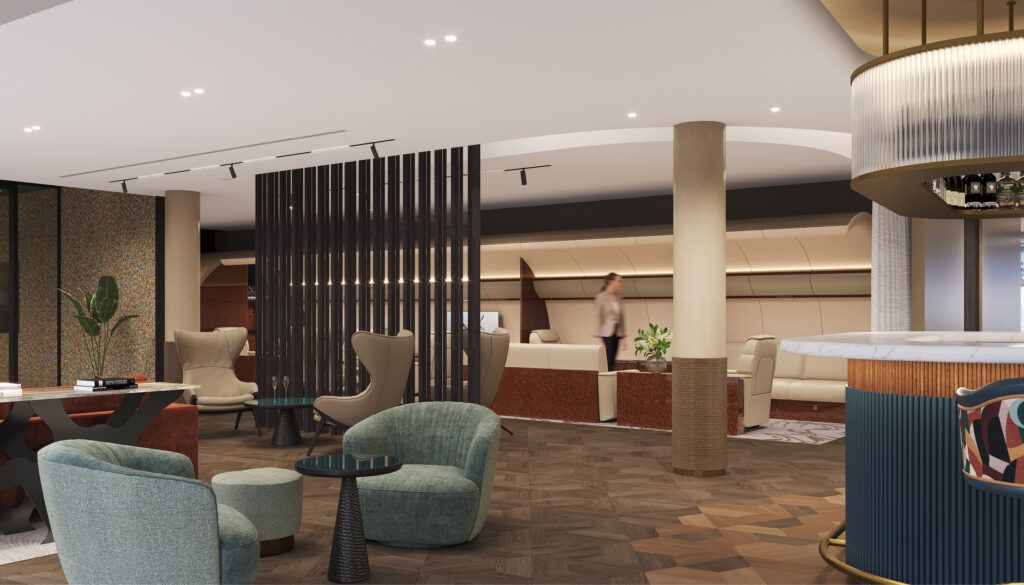
Prize money
The six-figure prize was decided to be a suitable sum given the work and passion it takes to design a custom cabin. Ricci shares that a new custom cabin project is in the US$3m (€2.8m) range for a smaller jet, and in the US$4m (€3.8m) range for a large one; and he says third-party designer charges typically account for 7 to 10% of this total cost. “So actually, the prize is probably not an exorbitant amount,” he says. “But also we wanted to make it interesting. We wanted to make it worthwhile. We wanted to capture attention and think of it as marketing.”
The competition closes at 23:59ET on 28 February 2025. Designers have complete freedom for the theme. Carpet patterns, sidewall colours and materials, wood veneers, seating materials and their colours and accents are left to their discretion.
The brief
The competitors are asked to enter designs likely to “surprise and delight” Flexjet aircraft owners, while also providing the sort of welcoming and elegant experience owners are accustomed to. The design needs to use materials appropriate for an inflight environment regulated by aviation (FAA) rules. The brief also is to differentiate Flexjet from other private flight providers. “You can imagine that after 50 or 60 designs it becomes more complicated to come up with something new, novel, unique,” Ricci explains.
Public-voted shortlist

Flexjet’s panel of judges will select 10 semi-finalists from the submissions, to put to a public vote on Instagram. The three that receive the highest number of public votes will meet individually with the Flexjet team for a virtual question and answer session. The designer will be expected to show the team how they envision the design coming to life and how well they understand their identity as a designer.
Ricci will then consider the top three – they will travel to the company’s global headquarters in Cleveland, Ohio, to present their designs to him and he will choose the winner. He’s used to being the final arbiter. “We say, kiddingly, that we have an art committee with only one voting member,” he says. “That’s me. I approve every design that goes in.”
When it comes to implementing the winning design on a Flexjet aircraft, the company’s acquisition in 2023 of Constant Aviation and interior outfitting specialist Flying Colours could expedite matters.
“On a large-cabin aircraft, it would be close to six to seven months to get the interior done,” says Ricci. “With Flying Colours, they do it in more of a production capacity, and they also have the capability to do six aeroplanes simultaneously. That shortened our production time to three to four months.”
It’s all part of a very strong focus on interiors, driven by Ricci’s belief in the importance of clients finding the company’s aircraft interiors “unique, interesting and special”. He emphasises that the array of customised cabins also represent a company culture of attention to detail: “They demonstrate that we have a passion for the business; we take the time to custom-design each interior.”
This feature was written by Rob Coppinger and first published in the December 2024/January 2025 edition of Business Jet Interiors International. Click here for the full article.


